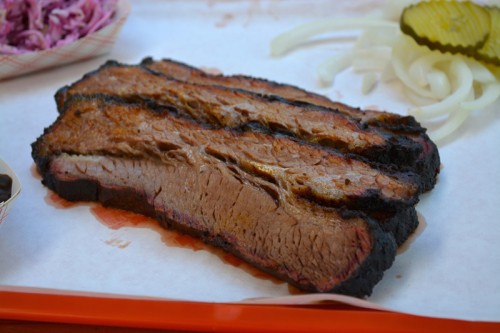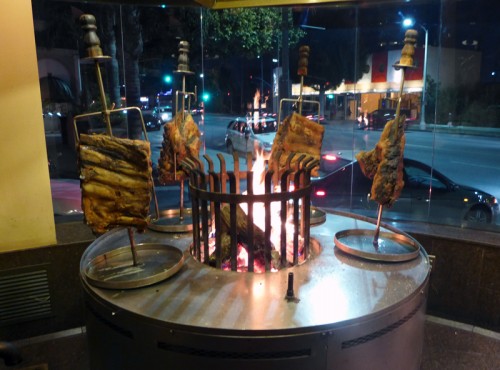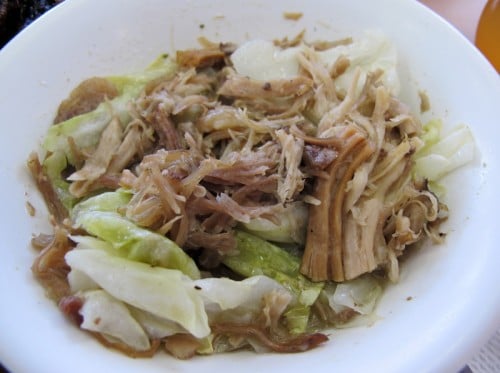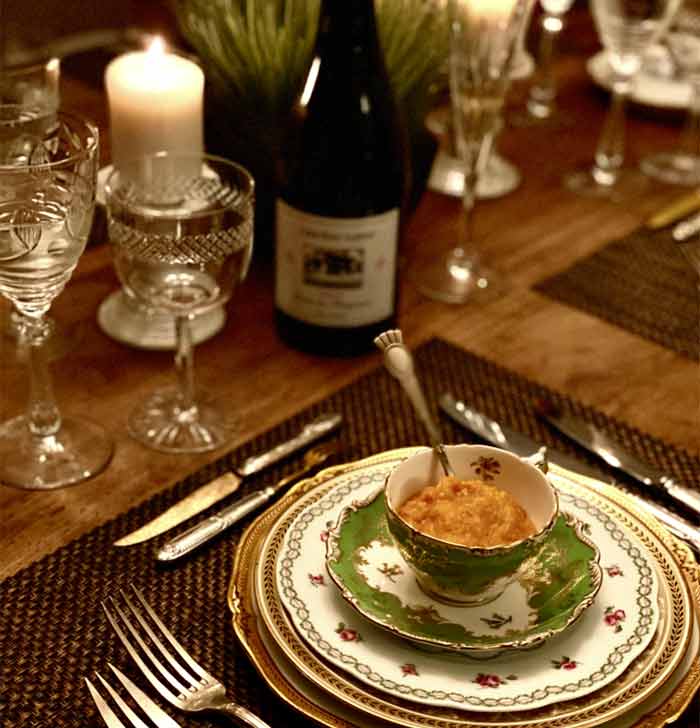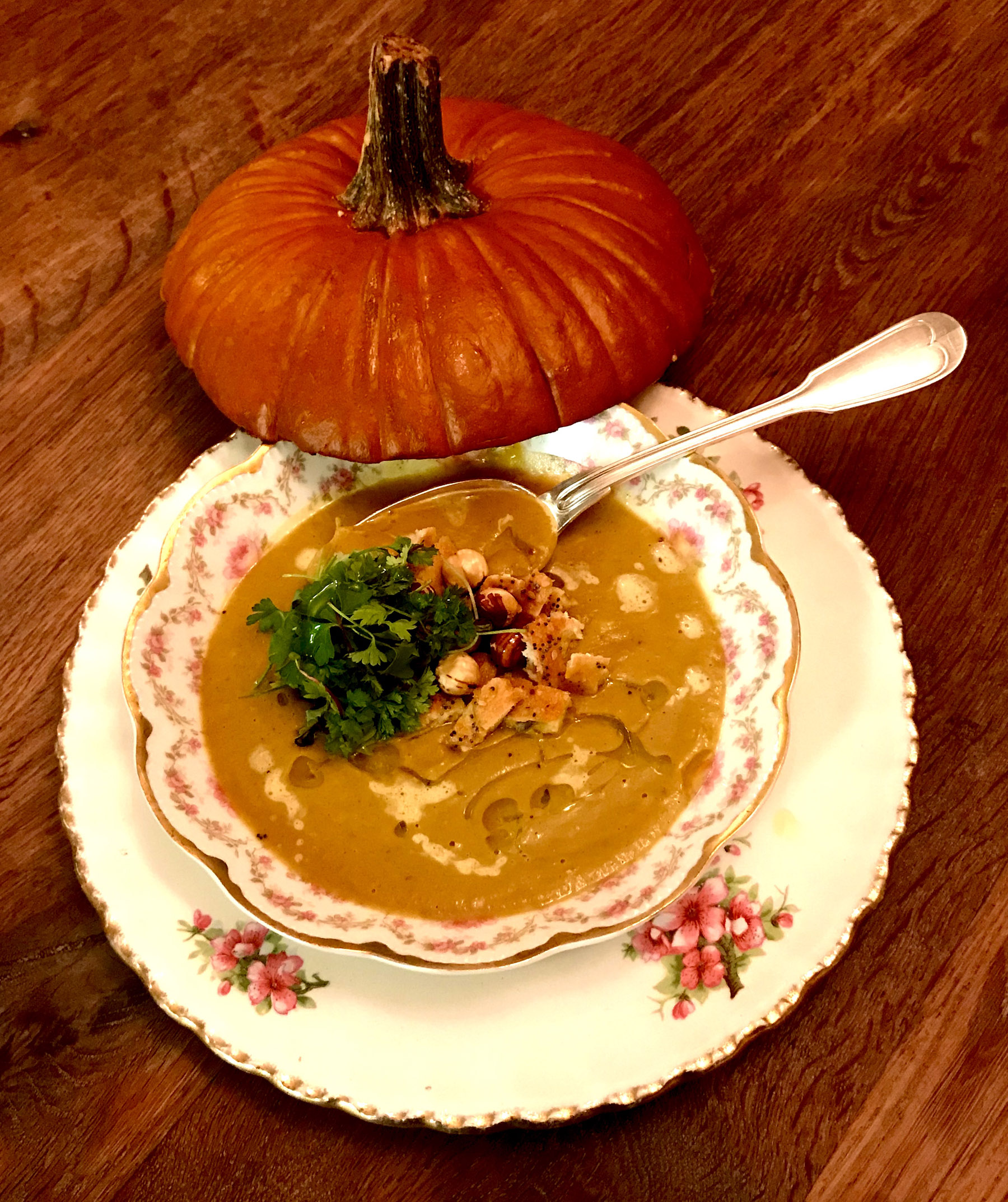Top 5 BBQ Styles
Finger-Licking Barbecue from Around the World
by Nick Winfrey
Barbecue is more than just a method of cooking. It’s a social event, a source of regional pride, and, for many sticky-fingered aficionados around the world, a way of life.
Barbecue as we know it in the States traces its roots to the Taíno people of the Caribbean, whose system of slow-cooking meat over indirect heat eventually made its way to Mexico and the American South. Dubbed barbacoa by the Spaniards, the method became a favorite of poor colonials due to its ability to turn even the most undesirable cuts into tasty, tender meat. Over the centuries and across borders, the traditional process has morphed to accommodate changing tastes and regional innovations; however, one basic theme rings true for all forms of barbecue — an unwavering emphasis on thick slabs of lovingly prepared meat.
Despite a common interest in all things meat, barbecue fans love debating who makes the best ’cue, whether it be Memphis-style ribs, Carolina pulled pork, or even teppanyaki from Japan. While we wouldn’t dare to make a definitive claim on the best barbecue (our motto: never cross a hungry man with a carving knife), we do have our preferences. Take a look at GAYOT’s picks for the Top 5 BBQ Styles, and then share your favorites in the comments section below.
Argentine Asado
Given Argentina’s proud gaucho culture and sky-high beef consumption, it’s no surprise that the carnivorous country also has an insatiable appetite for barbecue. The Argentine take on barbecue, called asado, is characteristically beef heavy, although feasts often also include sausages, chicken, salad and verdurajo — a mixture of potatoes, corn, onion and eggplant seasoned with olive oil and salt. The asado is a decidedly family affair, with women preparing the salad while the men tend to the meat during the half-day event. The beef is prepared simply with salt, and is cooked either on a grill or over an open fire made with wood from local trees.
Eat out:
Graziano’s – Miami, FL
Carlitos Gardel – West Hollywood, CA
Buenos Aires – New York, NY
Hawaiian Kalua
The Hawaiian luau has gained international fame for its island-infused brand of quirky kitsch – think hula dancers, mai tais and sunburned tourists in floral print. We, however, go for the barbecue. While all those swaying grass skirts may steal guests’ attention, the true heart of every luau is the imu, an underground oven lined with hot rocks used to cook the kalua pig and other Hawaiian specialties. In traditional kalua cooking, the meat is salted, rubbed with herbs, stuffed with hot rocks and wrapped in ti and banana leaves before being left to cook in the imu for six to seven hours. The resulting pork is smoky yet succulent, and served shredded alongside dishes like lomi-lomi salmon and poi—a thick, taro root-based paste considered sacred by ancient Hawaiians.
Eat out:
Helena’s Hawaiian Foods – Honolulu, HI
Canoe House – South Pasadena, CA
Waikikie Hawaiian BBQ – Atlanta, GA
Kansas City-Style
When most people think “barbecue,” Kansas City-style is what they have in mind — slow-smoked ribs, beef brisket, grilled chicken and a variety of other meats, all slathered with a liberal coating of sweet-yet-tangy, tomato-based barbecue sauce. A true melting pot of barbecue styles, Kansas City borrows heavily from a number of other BBQ capitals — Texas-style beef cuts, the tender pulled pork of the Carolinas. However, Kansas City’s true claim to fame are burnt ends — the crispy tips of beef or pork brisket that are a distinctive local delicacy. Sides are numerous, and include French fries, baked beans, coleslaw and other soul food favorites.
Eat out:
Arthur Bryant’s Barbecue — Kansas City, MO
Gates Bar-B-Q — Kansas City, KS
Daisy May’s BBQ USA — New York, NY
Mexican Barbacoa
Our neighbors to the south are well-known for their cravings for carne, but perhaps the most prized of Mexican meats is barbacoa. An indigenous method of slow-cooking a variety of meats, including sheep, goat, cow’s head and whole pig, barbacoa is reserved for weekends and special occasions in Mexico — and for good reason. Traditionally cooked in a subterranean oven and covered in maguey leaves, barbacoa can take up to twelve hours to prepare; however, the juicy, tender meat is worth the wait. While barbacoa varies from region to region, ranging from beef cheeks in Texas to cochinita pibil in the Yucatan, common companions include warm corn tortillas, guacamole and salsa.
Eat out:
Arroyo — Mexico City, MX
Guelaguetza — Los Angeles, CA
Pistolero’s Tequila & Taco Bar — Houston, TX
Texas-Style
While a number of states have staked a claim as home of the best barbecue, few can compete with the breadth and variety of BBQ styles that Texas has to offer. Texas barbecue can basically be broken down into four categories — East Texas, Central Texas, West Texas and South Texas. East Texas-style is similar to Southern barbecue, with beef and pork slow-cooked over hickory wood and served with a sweet, tomato-based sauce. Central Texas-style is arguably the most ubiquitous of barbecues, and originated in the butcher shops of German and Czech immigrants, who prized quality smoked meats served sliced with sauce on the side. West Texas barbecue traces its roots to cowboy cooking, and uses a more direct form of heat as well as mesquite wood. In the South, where the Mexican influence is more prevalent, cow’s head barbacoa reigns supreme.
Eat out:
Franklin Barbecue — Austin, TX
Horse Thief — Los Angeles, CA
Bludso’s Bar-&-Que — Los Angeles, CA
Podnah’s Pit — Portland, Oregon
Related Content:
Top 10 Barbecue Restaurants in the U.S.
Top 10 Barbecue Grills
Barbecue and Grilling Cookbook Reviews

